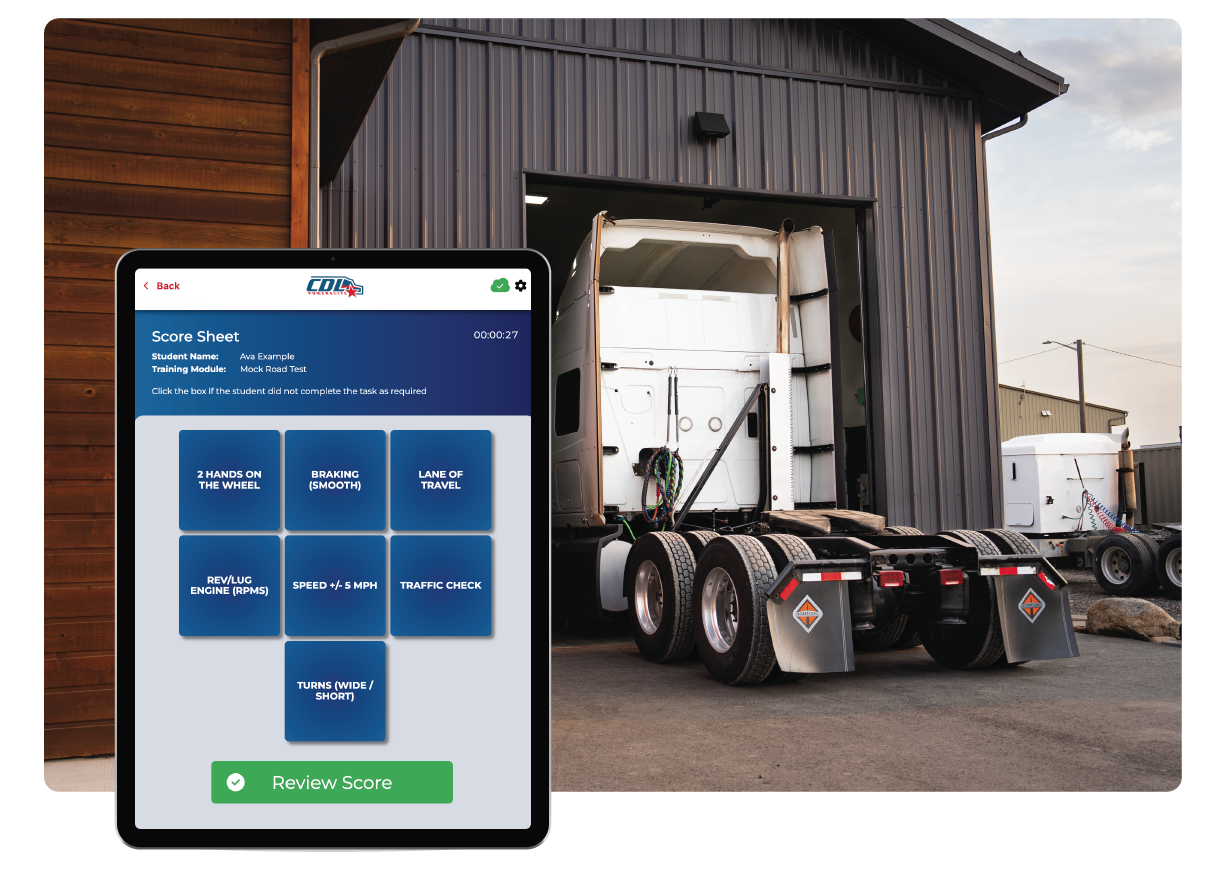State-by-State CDL Training Requirements
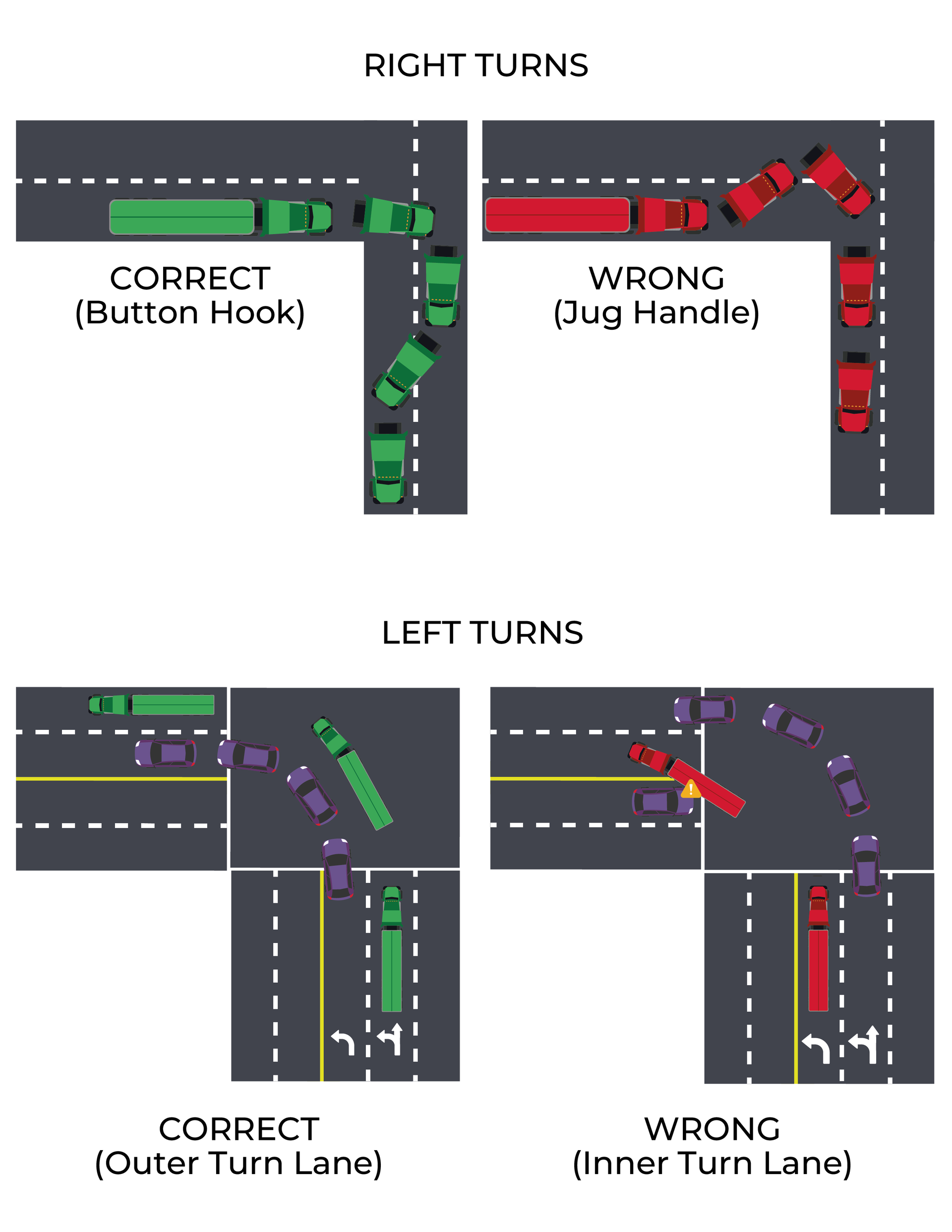
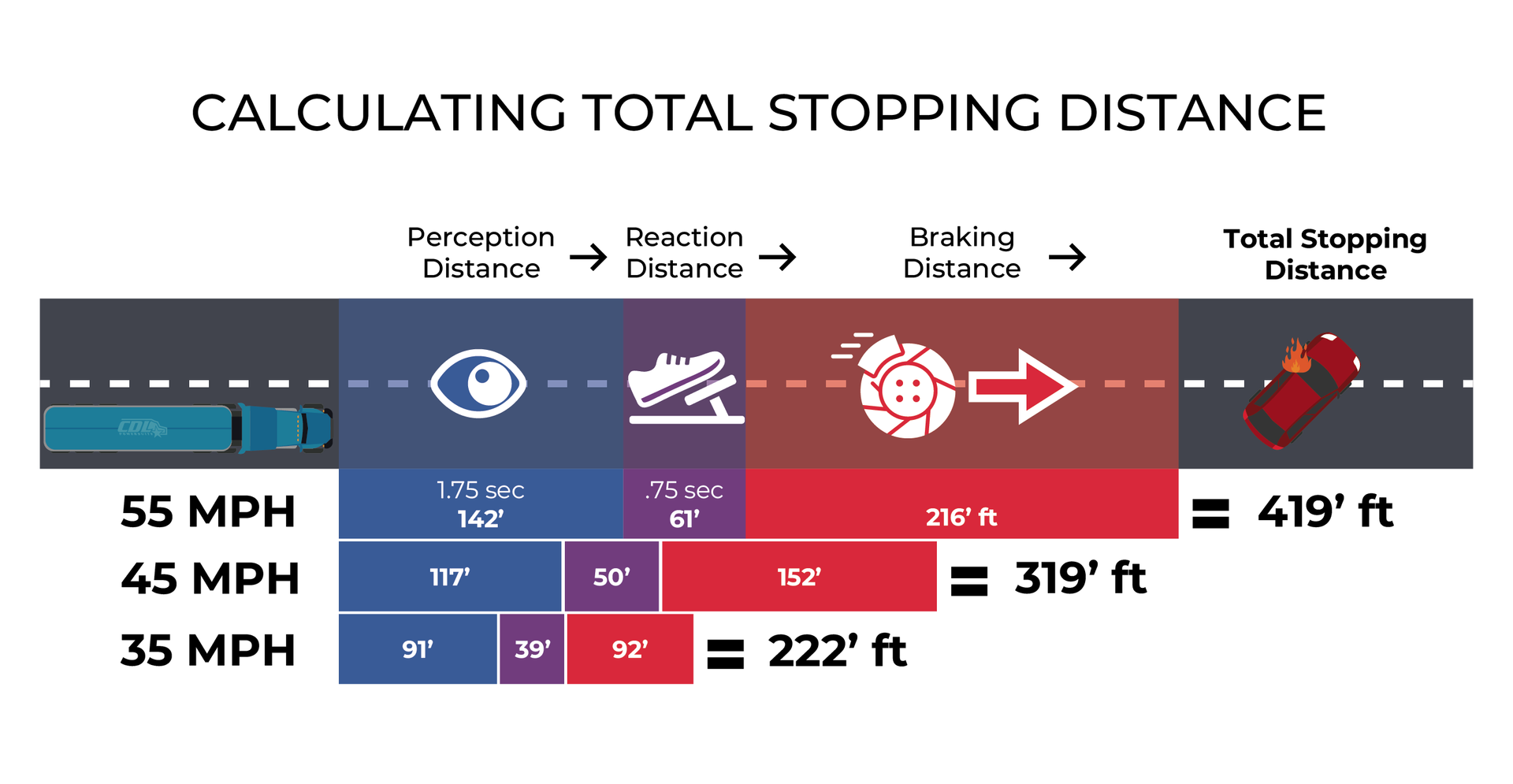
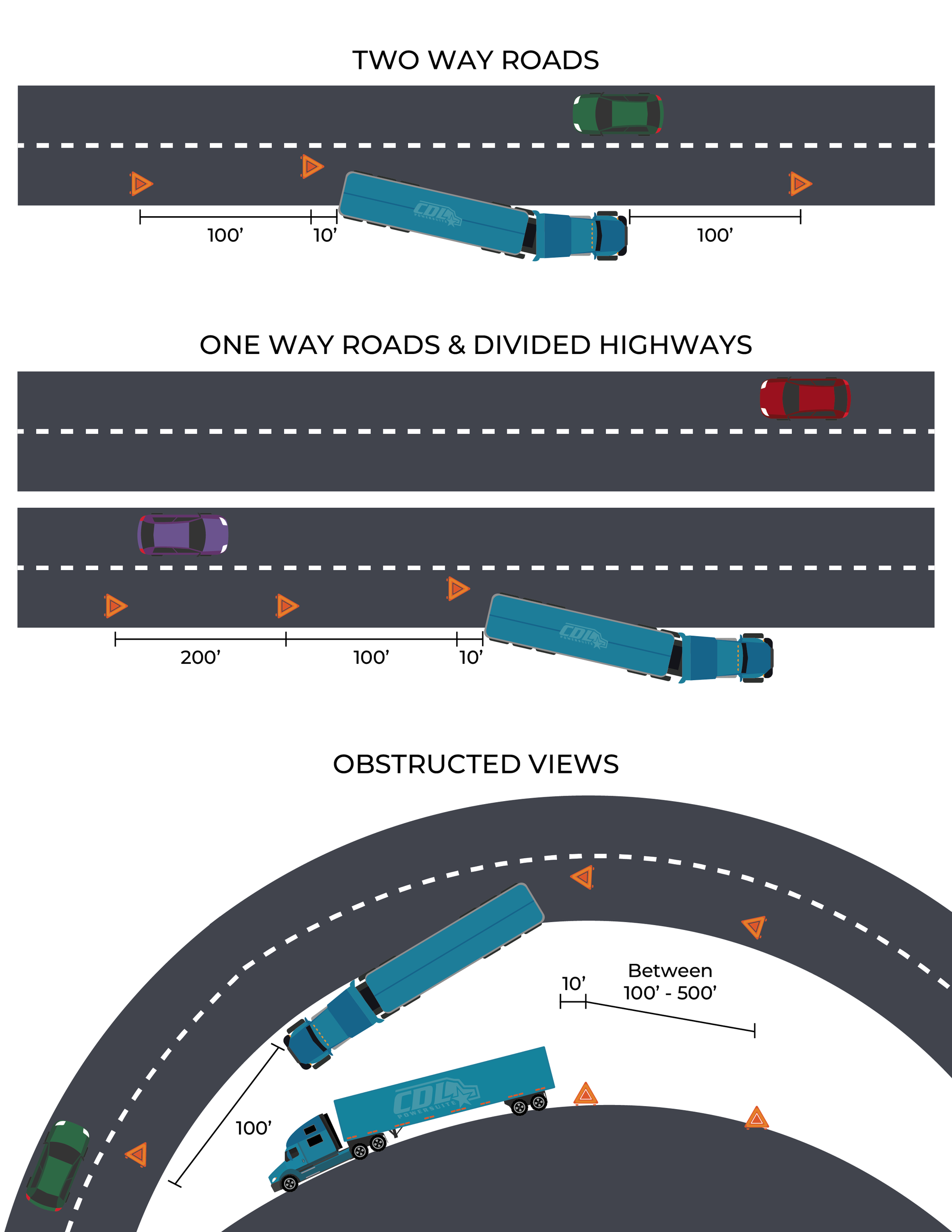
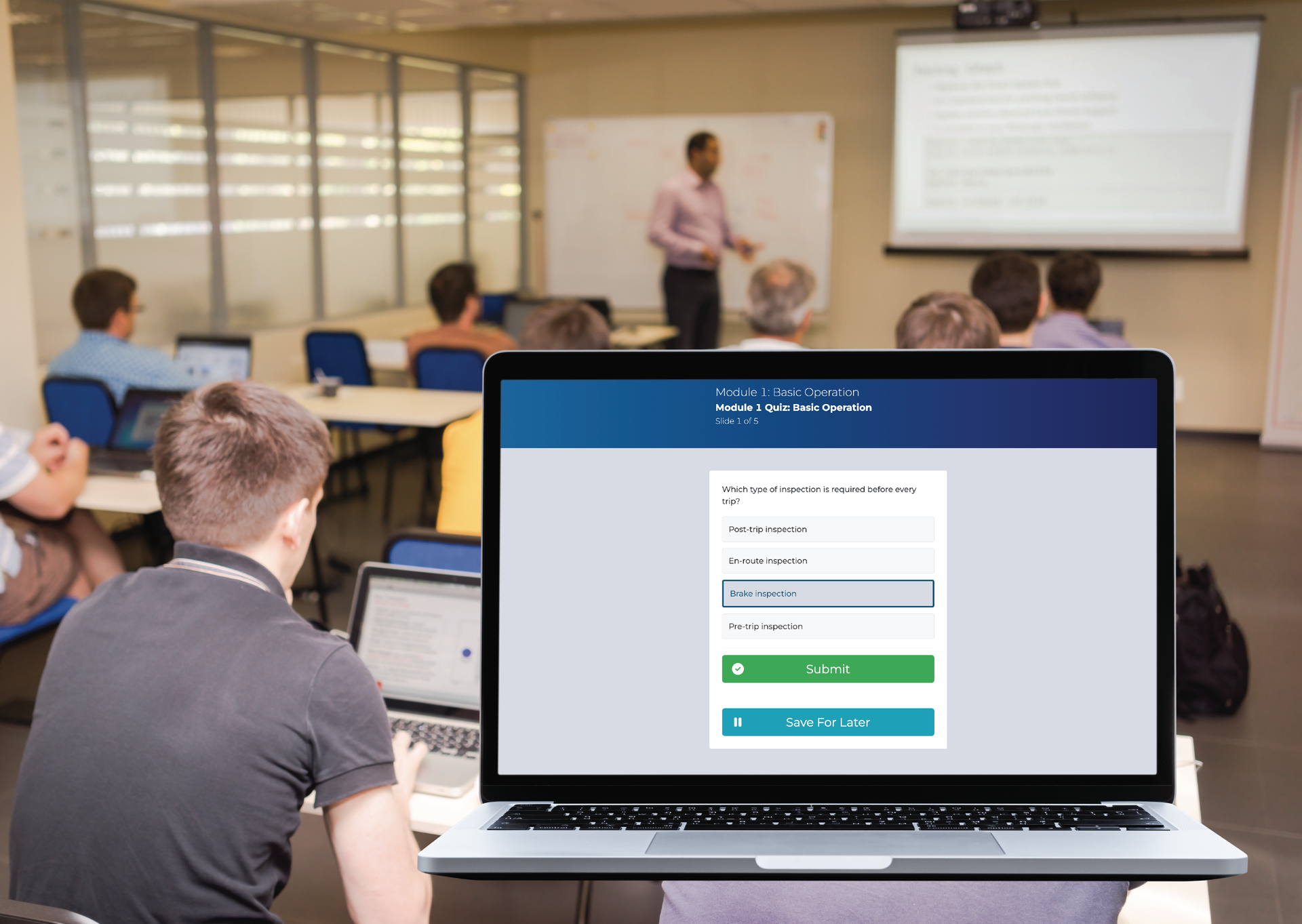
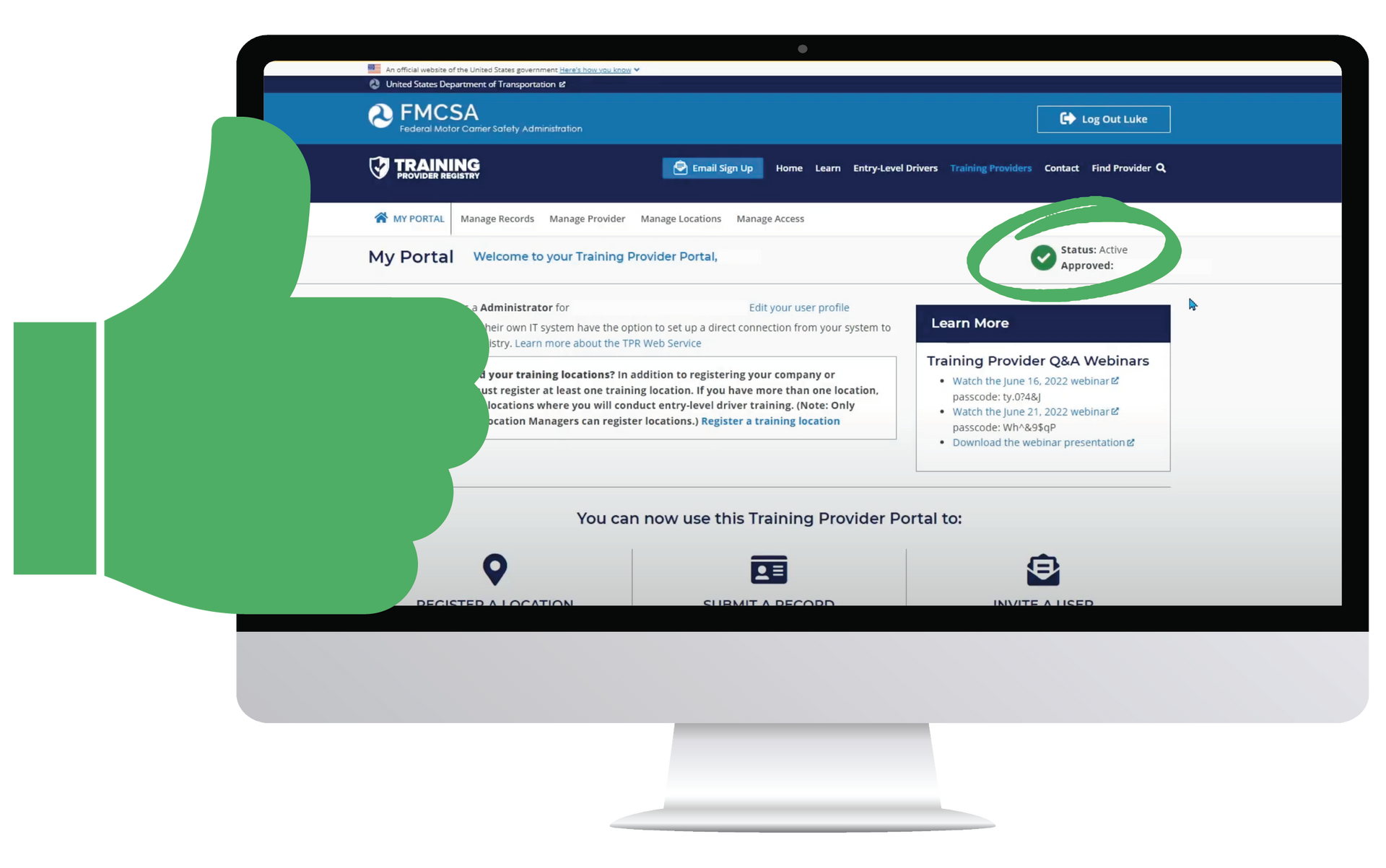
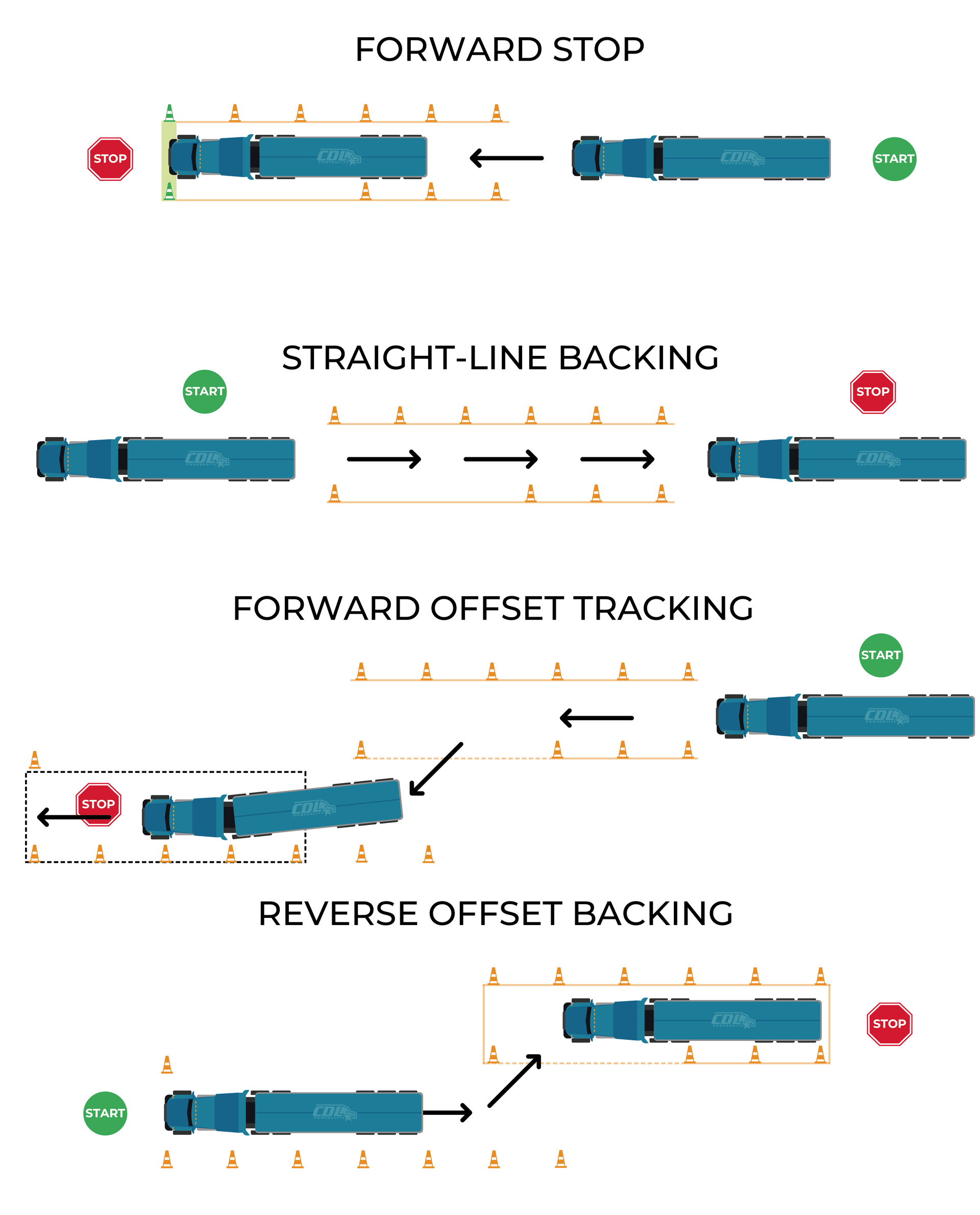
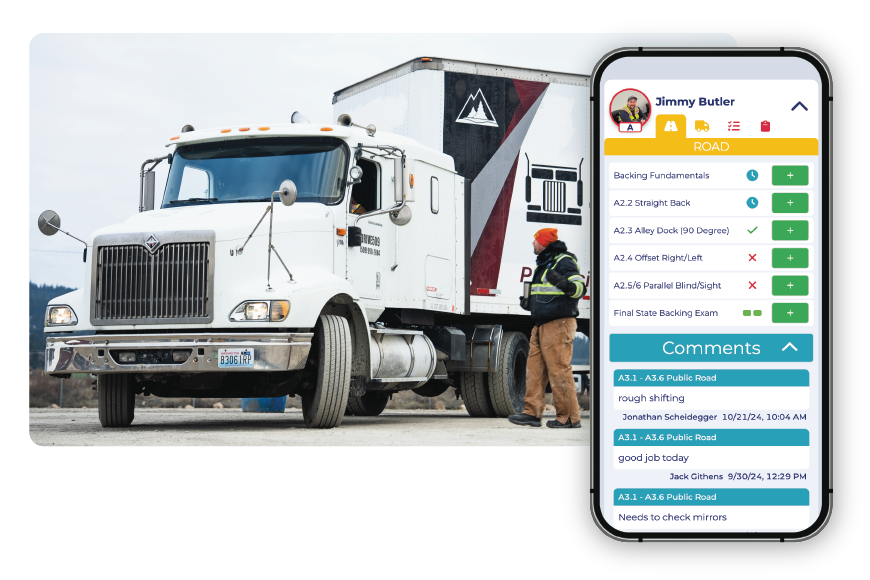

This article provides CDL instructors with a comprehensive guide to teaching space management, a critical safety skill outlined in ELDT Unit 1.2.5. It covers key concepts such as maintaining space ahead, behind, and around the vehicle, with practical tips for turns, crossing traffic, and handling tailgaters.

This article equips CDL instructors with practical guidance for teaching speed control and management, a critical component of the ELDT Basic Operating Procedures curriculum. It covers key concepts like stopping distance, the effects of speed and road conditions, and proper downhill braking techniques, including snub braking. Instructors will gain insights and tips for delivering impactful, safety-focused lessons that prepare future drivers for real-world conditions.

An overview of essential training tips for teaching new CDL drivers how to handle roadside emergencies and correctly place emergency warning triangles. The article breaks down FMCSA-compliant triangle placement procedures for different road types — including two-way roads, divided highways, and obstructed views

Effective CDL classroom training is essential for preparing future commercial drivers for success. In this article, we explore best practices for CDL schools and in-house trainers, covering how to create engaging presentations, develop effective quizzes, and adjust course material in real time based on student performance.

In this step-by-step guide, we’ll walk you through the registration process, covering eligibility requirements, necessary documentation, and key steps to get your program approved. Whether you’re launching a new training school or developing an internal CDL training initiative, this guide will help you navigate the process with confidence.

The Modernized Basic Control Skills Test for a CDL evaluates a semi-truck driver's ability to maneuver a commercial vehicle accurately through four exercises: Forward Stop, Straight-Line Backing, Forward Offset Tracking, and Reverse Offset Backing. Success in the test requires precision, adherence to instructions, and effective use of mirrors and pull-ups to avoid penalties for encroachments and improper positioning.

CDL instructors play a critical role in training the next generation of commercial drivers by ensuring students meet FMCSA’s Entry-Level Driver Training (ELDT) requirements. They must hold a valid CDL, complete certification through an FMCSA-registered training provider, and track student progress in both theory and behind-the-wheel (BTW) training. To stay compliant, instructors must maintain proper records, keep their certifications up to date, and adapt to evolving federal regulations to deliver high-quality, standards-compliant training.



